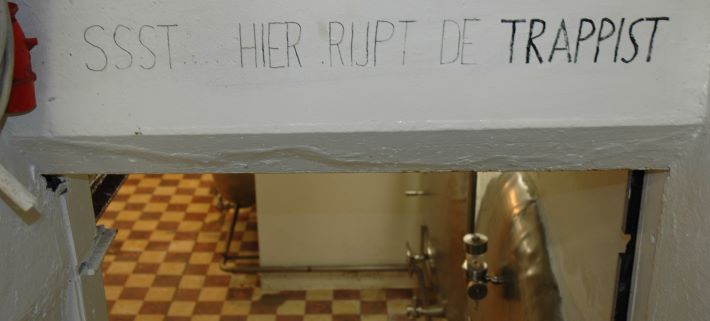
When Pete Brown asked participants on Twitter* why they read beer writing and what they want from a book or piece of prose he got plenty of answers. [Hit “read replies” to see them.]
Having done this job for 20 years, there's a question I've never asked myself. I'd like to ask you now. Why do you read? More specifically, why do you read beer writing? What do you want from a book or piece of prose that you can't get from other things? Pls share…
— Pete Brown (@PeteBrownBeer) October 19, 2022
I’m always on the lookout for stories to link to here and what I choose can be pretty arbitrary. I seldom think about what you expect, desire, whatever. Perhaps I should.
You might also enjoy
A Paul Simon moment. A story about GABF from my wife and daughter. Of course I’m putting it first. Extra credit because it is at the (thank goodness it is back) All About Beer website. Daria and I first wrote about GABF for All About Beer in 1993.
From Norway with love.
– “Particularly since the dawn of what we might call “kveik consciousness”—the realization that what these brewers do is remarkably rare and interesting—the brewers now know each other, interact, trade yeast, and get together at least once a year to celebrate their old craft. The geography that once created a tradition no longer limits communication, but nevertheless, brewers stick to the ways of their parents.”
– Kørnolfestival is a bucket list adventure.
Impressions of Nuremberg. Also important life lessons, such as “never look up your first love.”
Rhythms, in brewing and in life. Those who have sat in on one of my presentations about monastic brewing have heard me talk about this before (thus the photos from Westvleteren at the top). Mark Dredge finds his own during a week at England’s only brewing monastery.
How long must this keep going on? French Women Are Sick of Waiting for Their Beer Revolution.
Beer travels. Because, pubs.
Word of the week: complexity. The story is about wine, but you will likely find beer connections within. “It took the 20th-century inventions of stainless steel, temperature control and anaerobic fermentation conditions to create purely fruity wines. So, in honesty, all wines once were complex—that is, they were laden with multiple flavors, aromas and textures that were not merely fruity.”
* h/t to Alan McLeod’s weekly beery news.